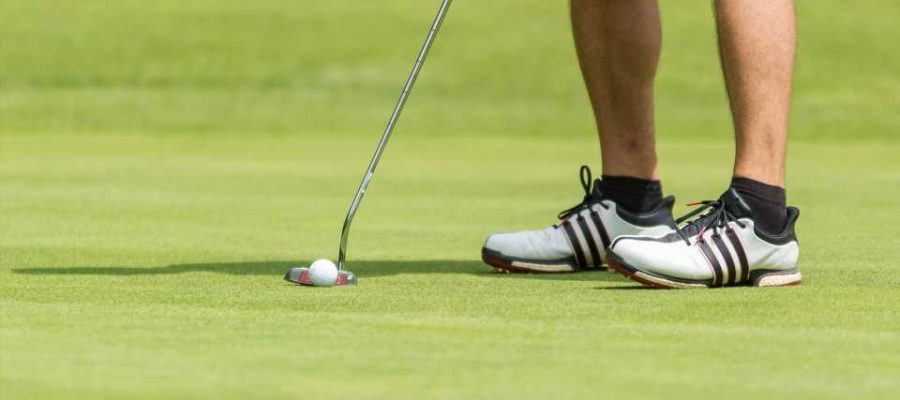
Older adults may gain more health benefits from playing golf than participating in regular or Nordic walking, suggests a study published online in the journal BMJ Open Sport & Exercise Medicine.
The health advantages of aerobic exercise in helping to prevent cardiovascular diseases are well documented as part of efforts to stave off high blood pressure, diabetes and dyslipidaemia (an abnormal amount of lipids in the blood causing problems such as high cholesterol).
However, most relevant studies have tended to focus on younger people participating in acute bouts of exercise lasting 30 to 60 minutes at moderate to high intensity with less information available on the impact of exercise on older people.
Golf, walking and Nordic walking—an enhanced walking technique in which people use poles to work their upper body as well as their legs—are popular age-appropriate forms of outdoor aerobic exercise that are safe and easily accessible for many older people.
A team of researchers from Finland set out to compare the acute effects of these three different types of aerobic exercises on markers of cardiometabolic health in terms of intensity, duration and energy expenditure.
They carried out a study involving 25 healthy older golfers (aged 65 and above), comparing the effects of three acute aerobic exercises—an 18-hole round of golf, 6km of Nordic walking, and a 6km walk—on their blood pressure, blood glucose, and blood lipid profile in a real-life environment.
For the study, the researchers took blood samples, blood glucose finger-prick tests, and measured the participants’ blood pressure, while the study subjects also wore fitness measuring devices to measure exercise-specific distance, duration, pace, energy expenditure and steps, as well as wearing an ECG sensor with a chest strap to measure their heart rate.
The results showed that all three types of aerobic exercise improved the cardiovascular profile in older adults when performed in acute bouts despite differences in duration and intensity—lowering their systolic blood pressure while walking and Nordic walking also led to a decrease in diastolic blood pressure.
However, despite the lower exercise intensity of golf compared with Nordic walking and walking, it was the longer duration and higher total energy expenditure involved in playing golf that seemed to positively affect lipid profile and glucose metabolism.
The study had some limitations such as the fact that it involved a small sample size and the accuracy of the fitness devices was debatable, while carrying out a study in a real-life environment does not allow for all factors to be controlled as they would be in a laboratory setting.
Also, the researchers only recruited golfers for the study because it was thought that non-golfers could not be expected to play a round of golf properly, while Nordic walking was seen as a new type of exercise for most participants, which may have led to poor technique, therefore decreasing the effectiveness of the Nordic walking activity.
However, the authors concluded: “Despite the lower exercise intensity of golf, the longer duration and higher energy expenditure appeared to have a more positive effect on lipid profile and glucose metabolism compared with Nordic walking and walking.
“These age-appropriate aerobic exercises can be recommended to healthy older adults as a form of health-enhancing physical activity to prevent cardiovascular diseases and can also be used as a treatment strategy to improve cardiometabolic health among those who already have a cardiovascular disease.”
More information:
Comparative effectiveness of playing golf to Nordic walking and walking on acute physiological effects on cardiometabolic markers in healthy older adults: a randomized crossover study, BMJ Open Sport & Exercise Medicine (2023). DOI: 10.1136/bmjsem-2022-001474
Journal information:
BMJ Open Sport & Exercise Medicine
Source: Read Full Article
